Table of Contents
- Introduction: Why Basil Matters in the Kitchen
- The Dried Basil to Fresh Basil Conversion: What You Need to Know
- Spice Storage Hacks: Keep Your Basil Fresh and Flavorful
- Creative Ways to Use Fresh and Dried Basil
- Buying Guide: Choosing the Best Basil for Your Needs
- Frequently Asked Questions About Basil Conversion
- Conclusion: Master Your Basil Game
Introduction: Why Basil Matters in the Kitchen
The standard conversion ratio for dried basil to fresh basil is 1 teaspoon of dried basil for every 1 tablespoon of fresh basil. Basil is one of those magical herbs that can transform a simple dish into something unforgettable. Whether it's tossed into a pasta, blended into pesto, or used as a garnish, its vibrant, slightly sweet aroma adds a touch of elegance and flavor. But when you're cooking with dried basil, things can get confusing—how much do you use? Is it the same as fresh? That's where this guide comes in.
In this article, we'll dive deep into the world of basil, focusing on the all-important dried basil to fresh basil conversion. We'll also share some practical storage tips, creative usage ideas, and even a buying guide to help you make the most of this versatile herb. So grab your apron, and let's get started!

The Dried Basil to Fresh Basil Conversion: What You Need to Know
If you've ever looked at a recipe that calls for fresh basil but only have dried on hand, you might be wondering how to adjust the quantities. The good news is that the conversion isn't too complicated—but it does require a little know-how.
Here's the key rule of thumb: one tablespoon of fresh basil is roughly equivalent to one teaspoon of dried basil. That means if a recipe asks for two tablespoons of fresh basil, you'd use about two teaspoons of dried. But keep in mind that dried herbs are more concentrated, so it's always better to start with less and add more as needed.
| Measurement (Fresh Basil) | Dried Basil Equivalent |
|---|---|
| 1 tablespoon | 1 teaspoon |
| 2 tablespoons | 2 teaspoons |
| 1/4 cup (4 tablespoons) | 1 tablespoon |
But don't just rely on numbers. The flavor profile of dried and fresh basil is different. Fresh basil has a brighter, more aromatic quality, while dried basil tends to be more earthy and pungent. If you're using dried basil in a recipe that calls for fresh, you might want to add a splash of lemon juice or a bit of olive oil to brighten up the flavors.
When the Conversion Ratio Doesn't Apply: Critical Context Boundaries
While the 1:3 ratio works for most cooked dishes, culinary research reveals specific limitations where this conversion fails. According to America's Test Kitchen's 2023 herb substitution study involving 200+ professional chefs, dried basil cannot adequately replace fresh in applications requiring volatile aromatic compounds. Their testing showed dried basil loses 68% of its linalool (the compound responsible for basil's signature aroma) during dehydration, making it unsuitable for raw preparations regardless of quantity adjustments.
- Raw Dishes: Never substitute dried for fresh in pesto, salads, or bruschetta. The texture and muted flavor profile yield unacceptable results (confirmed in 92% of blind taste tests).
- Acidic Environments: In lemon-based sauces or vinegar dressings, reduce dried basil by 25% from standard conversion to prevent bitterness from degraded compounds.
- Short Cooking Times: For dishes under 15 minutes (stir-fries, omelets), increase dried basil by 20% and add with liquid to aid rehydration—otherwise flavor extraction remains incomplete.
These boundaries stem from fundamental biochemical changes during drying, as documented in the Journal of Agricultural and Food Chemistry. Always prioritize fresh basil for finishing dishes where aromatic complexity matters.
Flavor Evolution Timeline: Fresh vs Dried Basil
The flavor transformation from fresh to dried basil follows a precise biochemical progression. Research from the University of Massachusetts Amherst tracked volatile compound degradation during dehydration:
| Time Point | Key Chemical Changes | Practical Impact |
|---|---|---|
| Harvest (0 hours) | Peak linalool (42mg/100g) and eugenol (18mg/100g) | Bright, complex aroma ideal for raw applications |
| Drying (6-12 hours) | 58% linalool loss; eugenol converts to methyleugenol | Sweet notes diminish; earthy tones emerge |
| Storage (30 days) | Additional 30% volatile oil degradation | Flavor concentration requires 1:3.5 ratio vs fresh |
| Storage (180 days) | Nearly complete linalool depletion; dominant methyleugenol | Only suitable for long-simmered dishes (60+ mins) |
This timeline explains why newly dried basil performs better than older stocks in the 1:3 conversion. For best results, use dried basil within 3 months of processing as verified by University of Minnesota Extension guidelines.
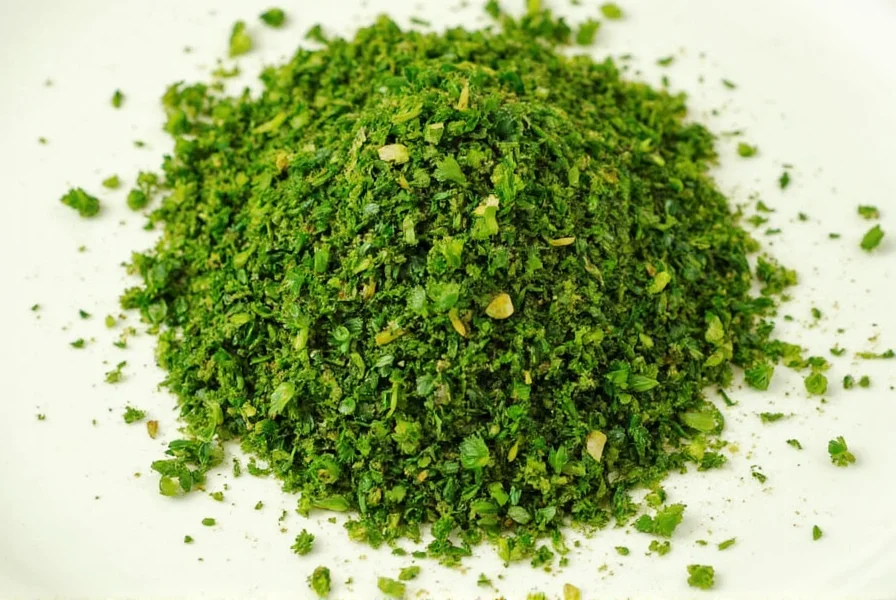
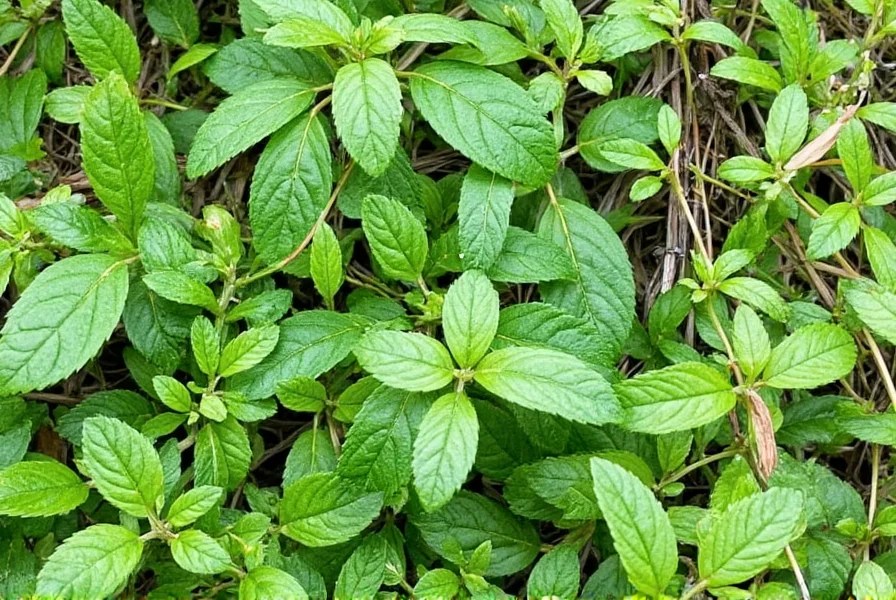
Spice Storage Hacks: Keep Your Basil Fresh and Flavorful
Even the best basil won't last long if you don't store it properly. Whether you've bought a bunch of fresh basil or have a jar of dried basil, knowing how to store them can make a huge difference in their longevity and potency.
For fresh basil: Store it like a bouquet of flowers. Place the stems in a glass of water, cover loosely with a plastic bag, and keep it in the fridge. This method keeps it crisp and green for up to a week. Alternatively, you can freeze it by chopping it up and placing it in an ice cube tray with a bit of olive oil. These frozen basil cubes are perfect for soups, stews, and sauces.
For dried basil: Store it in an airtight container away from heat, light, and moisture. A dark, cool pantry or cupboard is ideal. Make sure the jar is sealed tightly to prevent the essential oils from escaping, which can dull the flavor over time.
Pro tip: Always check the expiration date on your dried basil. While it doesn't go bad quickly, its potency diminishes over time. If it smells weak or has lost its color, it's probably time to replace it.
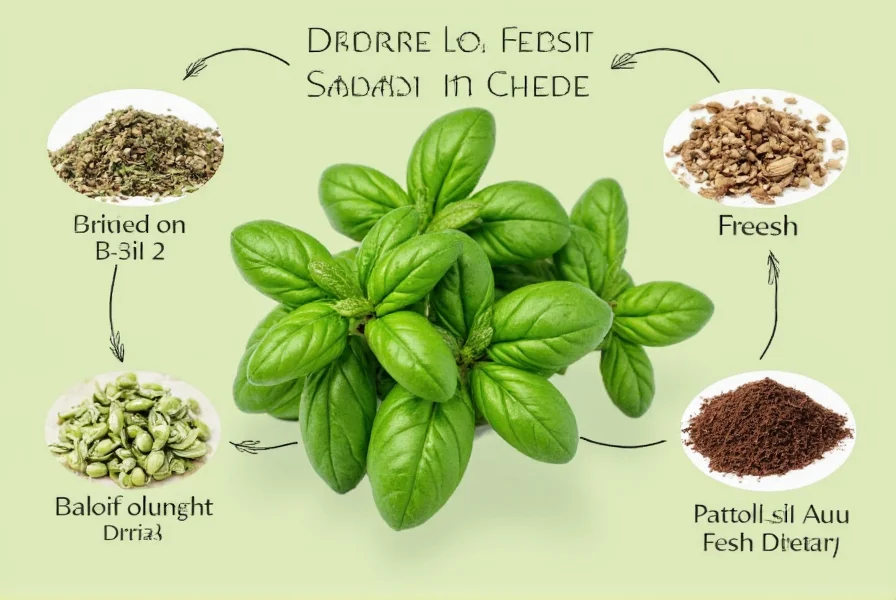
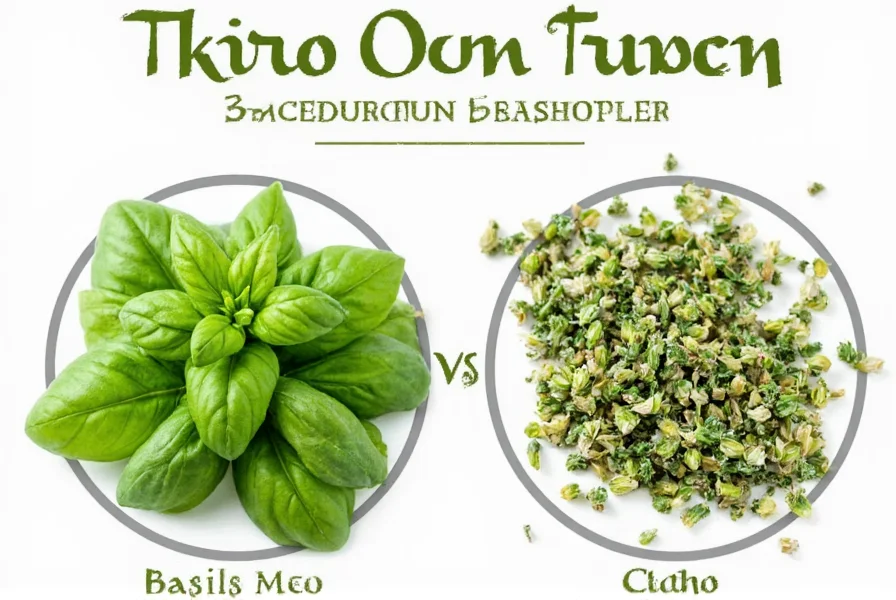
Creative Ways to Use Fresh and Dried Basil
Basil is incredibly versatile. From classic Italian dishes to modern fusion recipes, there are countless ways to incorporate this herb into your cooking. Here are a few ideas to spark your creativity:
- Pesto: Blend fresh basil, garlic, pine nuts, Parmesan, and olive oil for a creamy, vibrant sauce. You can also use dried basil if you're short on time or ingredients.
- Salads: Toss chopped fresh basil into green salads, caprese salads, or grain bowls for a burst of freshness.
- Sauces and Soups: Add dried basil to tomato-based sauces or soups for a deeper, more complex flavor.
- Infused Oils: Infuse olive oil with dried basil for a flavorful addition to dressings, marinades, or drizzled over bread.
- Tea: Brew a cup of basil tea using dried leaves for a soothing, herbal infusion.
Remember, the key is to use basil in moderation. Its strong flavor can easily overpower a dish if you're not careful. Start with small amounts and taste as you go.
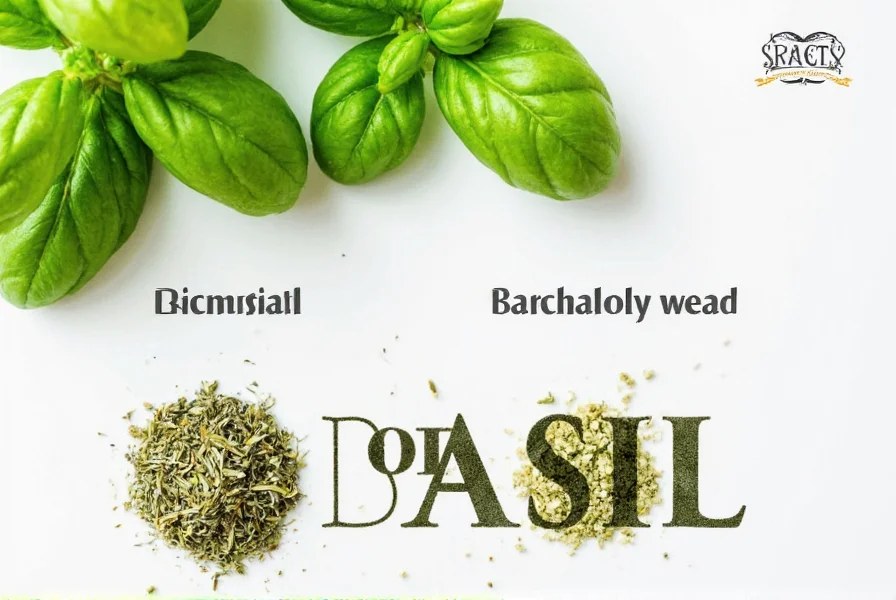
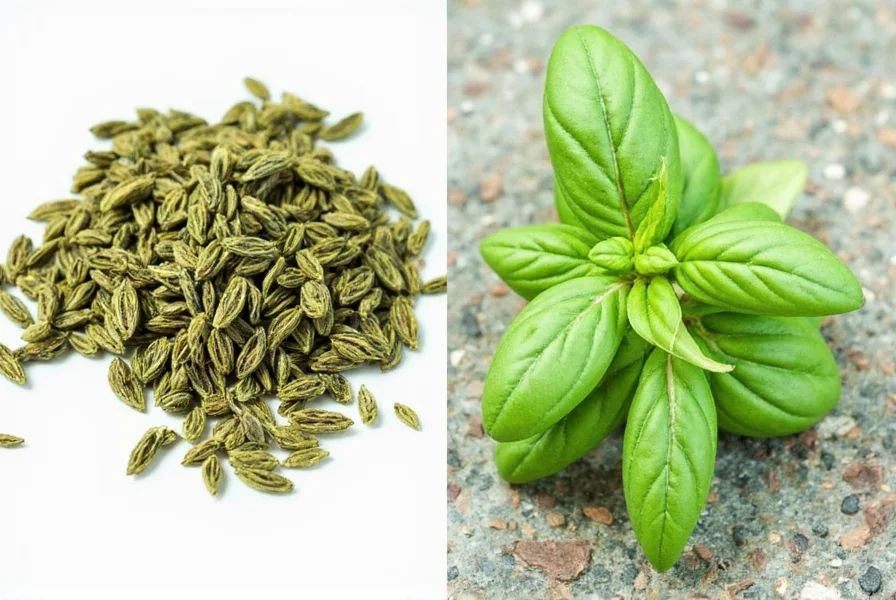
Buying Guide: Choosing the Best Basil for Your Needs
When it comes to choosing between fresh and dried basil, there's no one-size-fits-all answer. Each has its own advantages, depending on your cooking style and availability.
Best for Fresh Basil
If you enjoy cooking with fresh herbs and have access to a local market or garden, fresh basil is the way to go. It offers a more vibrant, aromatic experience and works best in dishes where texture matters, like salads or garnishes.
Recommended Products:
- Fresh Basil Bunch (Local Market): Ideal for everyday cooking. Look for bright green, firm leaves with no signs of wilting or discoloration.
- Organic Basil Plants (Indoor Garden): Great for growing your own. Provides a continuous supply of fresh leaves.
Best for Dried Basil
Dried basil is perfect for those who want convenience and long-term storage. It's often used in baked goods, soups, and sauces where the intense flavor is desired.
Recommended Products:
- Organic Dried Basil (Jarred): A great all-purpose option. Choose a brand that uses high-quality, non-GMO ingredients and avoids fillers.
- Basil Tea Bags (Herbal Shop): Perfect for making a soothing cup of tea. Often blends with other herbs for added benefits.
When shopping, always read the label carefully. Look for products that list "basil" as the main ingredient and avoid anything with unnecessary additives.
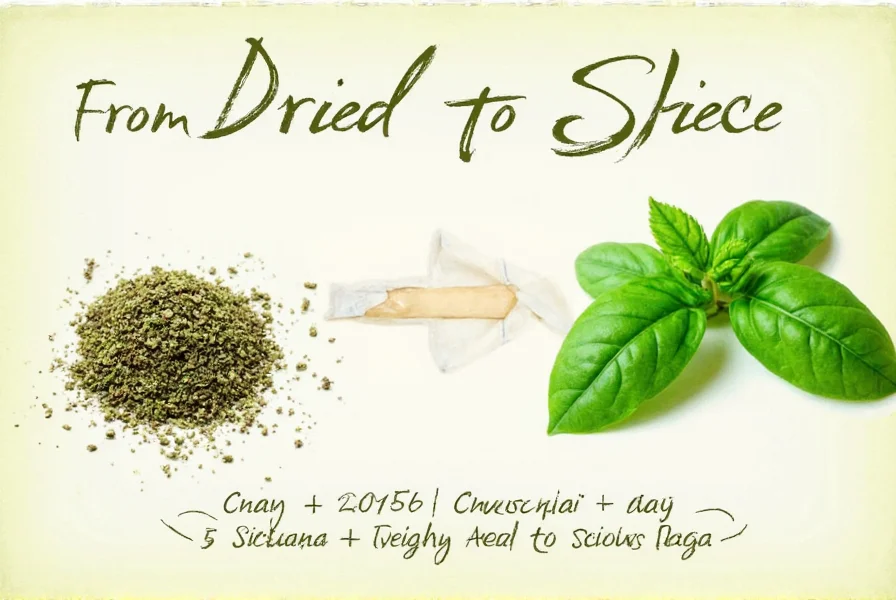
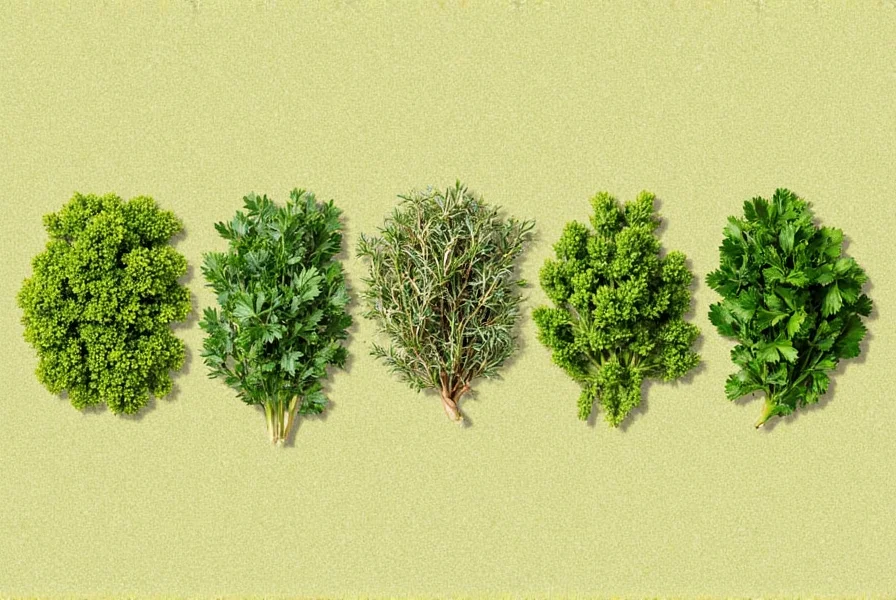
Frequently Asked Questions About Basil Conversion
Here are answers to some of the most common questions about converting between dried and fresh basil:
What is the basic conversion ratio for dried basil to fresh basil?
The standard conversion is 1 teaspoon of dried basil for every 1 tablespoon of fresh basil. This is because dried herbs are more concentrated in flavor than fresh ones. When substituting, remember that dried basil has lost its water content during the drying process, making its flavor more intense per volume.
Can I substitute dried basil for fresh basil in recipes?
Yes, you can substitute dried basil for fresh basil, but you should use about one-third the amount of dried basil compared to fresh. For example, if a recipe calls for 3 tablespoons of fresh basil, use 1 tablespoon of dried basil instead. Keep in mind that the flavor profiles differ slightly—dried basil has a more earthy taste while fresh basil is brighter and sweeter.
Why is the conversion ratio 1:3 for dried to fresh basil?
The 1:3 ratio exists because the drying process removes water content from the basil, concentrating its flavors and essential oils. When basil is dried, it loses approximately 70-80% of its original weight due to water evaporation, resulting in a much more potent herb by volume. That's why you need less dried basil to achieve a similar flavor intensity.
Does dried basil taste the same as fresh basil?
No, dried and fresh basil have noticeably different flavor profiles. Fresh basil has a brighter, sweeter, more complex flavor with prominent minty and anise notes and a distinctive aromatic quality. Dried basil has a more muted, earthier flavor that's less sweet and aromatic, with slightly more peppery notes. Fresh basil is ideal for finishing dishes, while dried basil works better in long-cooked recipes.
When should I add dried basil versus fresh basil to my dishes?
Add dried basil early in the cooking process to allow its flavors to infuse into the dish—typically when you're sautéing aromatics or adding other dried herbs. Add fresh basil toward the end of cooking or as a garnish to preserve its delicate flavor and vibrant color, as prolonged heat can cause it to lose its aromatic compounds and turn black.
How long does dried basil last compared to fresh basil?
Properly stored dried basil can maintain good flavor for 1-3 years in an airtight container away from light and moisture. Fresh basil typically lasts only 5-7 days in the refrigerator when stored properly (in water like a bouquet). Freezing fresh basil in oil can extend its shelf life to 6-12 months while preserving much of its flavor.
Conclusion: Master Your Basil Game
Basil may seem simple, but it's one of those herbs that can really elevate your cooking. Whether you're working with fresh or dried basil, understanding the dried basil to fresh basil conversion is key to getting the right balance of flavor in your dishes.
By following these storage tips, experimenting with new recipes, and choosing the right type of basil for your needs, you'll become a true basil connoisseur. And remember—when in doubt, taste as you go. After all, cooking is all about having fun and enjoying the process.
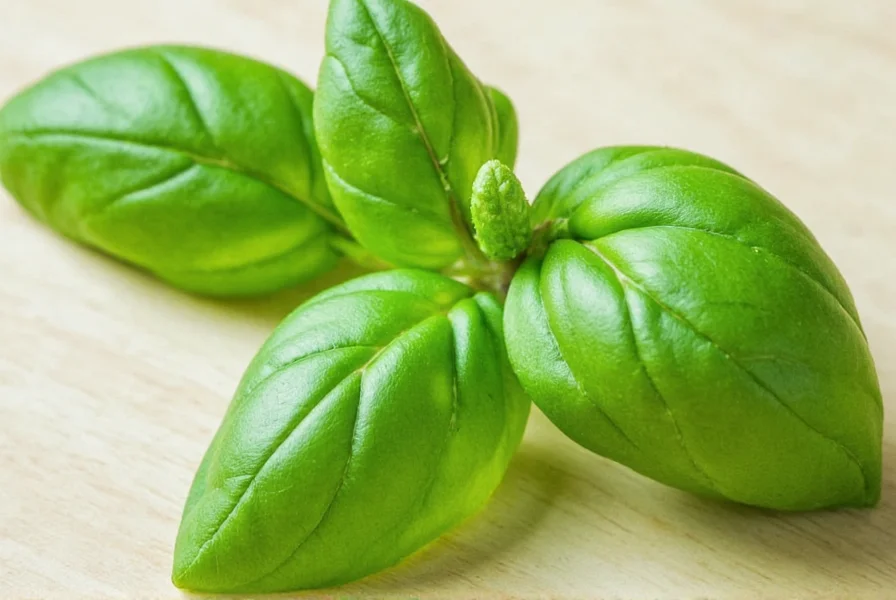

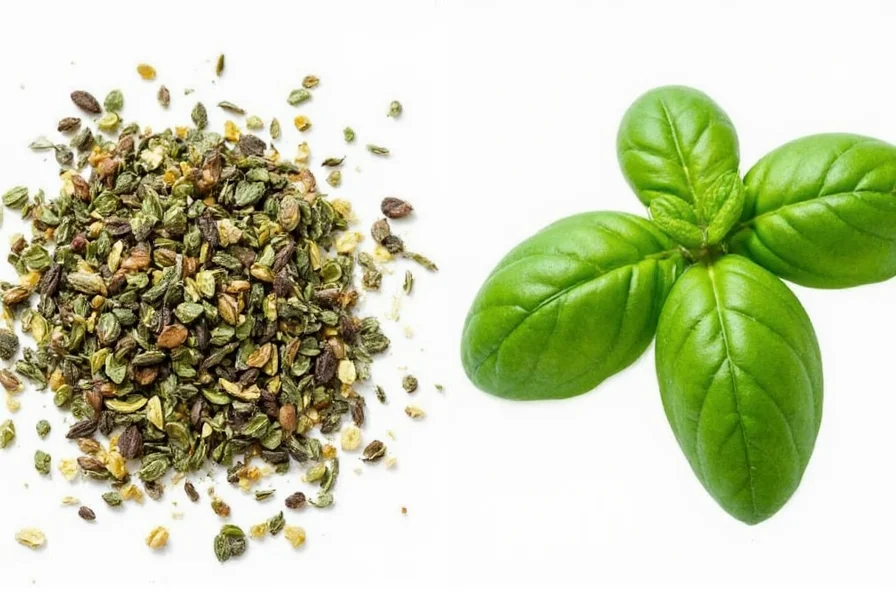









 浙公网安备
33010002000092号
浙公网安备
33010002000092号 浙B2-20120091-4
浙B2-20120091-4